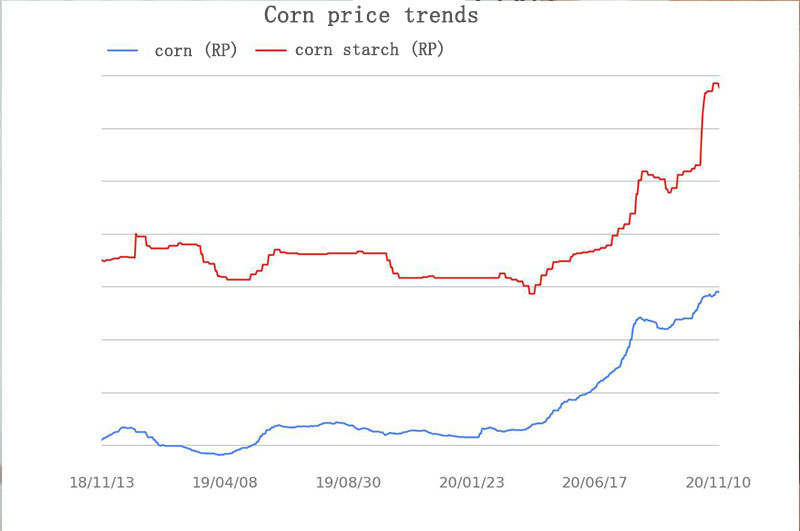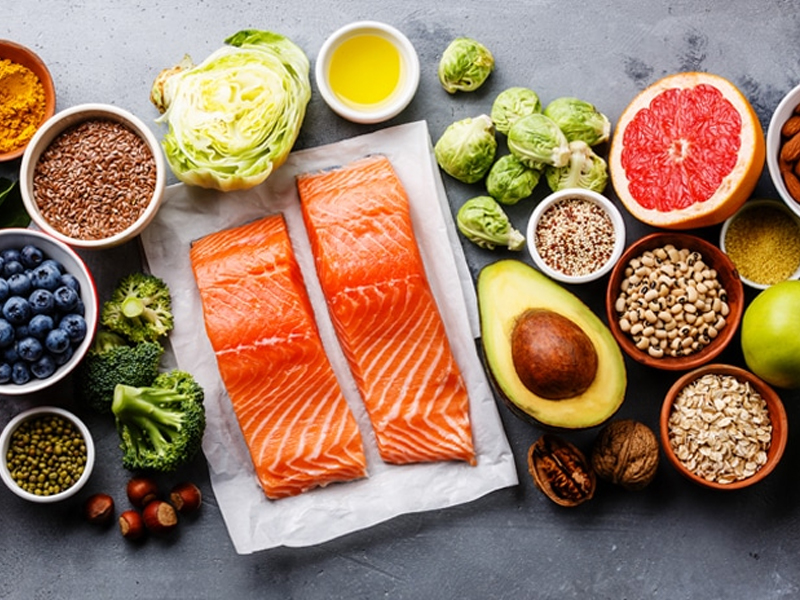Maltodextrin is a natural food additive that comes from starch sources like corn, wheat, potato, rice, or cassava. It is a type of sugar that has many uses in the food industry, such as thickening, filling, sweetening, and preserving. Maltodextrin is produced by breaking down starch molecules into smaller chains of glucose units, called dextrins, using enzymes or acids. The degree of hydrolysis, or the extent of starch breakdown, determines the properties and applications of maltodextrin.
Organic maltodextrin is maltodextrin that is derived from organic starch sources, meaning that they are grown without the use of synthetic pesticides, fertilizers, or genetically modified organisms (GMOs). Organic maltodextrin is free of chemicals and contaminants that may be harmful to human health or the environment. Organic maltodextrin is also certified by third-party agencies that ensure the compliance with organic standards and regulations.
There are different types of organic maltodextrin, depending on the source of starch, the degree of hydrolysis, and the dextrose equivalent (DE) value. The DE value is a measure of the sweetness and solubility of maltodextrin, ranging from 0 to 100. The higher the DE value, the sweeter and more soluble the maltodextrin is. The lower the DE value, the less sweet and more viscous the maltodextrin is.
In this article, we will explore some of the common types of organic maltodextrin and their uses in the food industry.
Organic Corn Maltodextrin
This is the most widely used type of organic maltodextrin, as corn is a cheap and abundant source of starch. Organic corn maltodextrin can have a DE value of 5 to 20, depending on the degree of hydrolysis. It is usually used as a filler, thickener, or carrier in foods and beverages, such as soups, sauces, dressings, cereals, snacks, and sports drinks.
Organic Wheat Maltodextrin
This is another popular type of organic maltodextrin, especially in Europe, where wheat is a common crop. Organic wheat maltodextrin can have a DE value of 10 to 25, and it is often used as a bulking agent, stabilizer, or binder in foods and beverages, such as baked goods, dairy products, confectionery, and beer.
Organic Potato Maltodextrin
This is a type of organic maltodextrin that is derived from potato starch, which has a high amylopectin content. Amylopectin is a type of starch molecule that has a branched structure, which makes it more soluble and less viscous than amylose, which has a linear structure. Organic potato maltodextrin can have a DE value of 15 to 30, and it is typically used as a dispersant, emulsifier, or encapsulator in foods and beverages, such as instant coffee, tea, chocolate, and nutritional supplements.
Organic Rice Maltodextrin
This is a type of organic maltodextrin that is derived from rice starch, which has a low amylose content and a high gelatinization temperature. Gelatinization is the process of starch granules swelling and bursting when heated in water, which affects the texture and viscosity of the final product. Organic rice maltodextrin can have a DE value of 20 to 35, and it is mainly used as a sweetener, humectant, or crystallization inhibitor in foods and beverages, such as candies, ice cream, jams, and honey.
Organic Cassava Maltodextrin
This is a type of organic maltodextrin that is derived from cassava starch, which is also known as tapioca starch. Cassava is a tropical root crop that is widely cultivated in Africa, Asia, and Latin America. Organic cassava maltodextrin can have a DE value of 25 to 40, and it is commonly used as a texturizer, flavor enhancer, or foam booster in foods and beverages, such as puddings, yogurts, soufflés, and cocktails.
Conclusion
Organic maltodextrin is a versatile and functional ingredient that can provide various benefits to food products, such as improving mouthfeel, shelf life, solubility, stability, and appearance. However, organic maltodextrin is also a source of carbohydrates and calories, and it can affect blood sugar levels, especially for people with diabetes or insulin resistance. Therefore, organic maltodextrin should be consumed in moderation and as part of a balanced diet.

